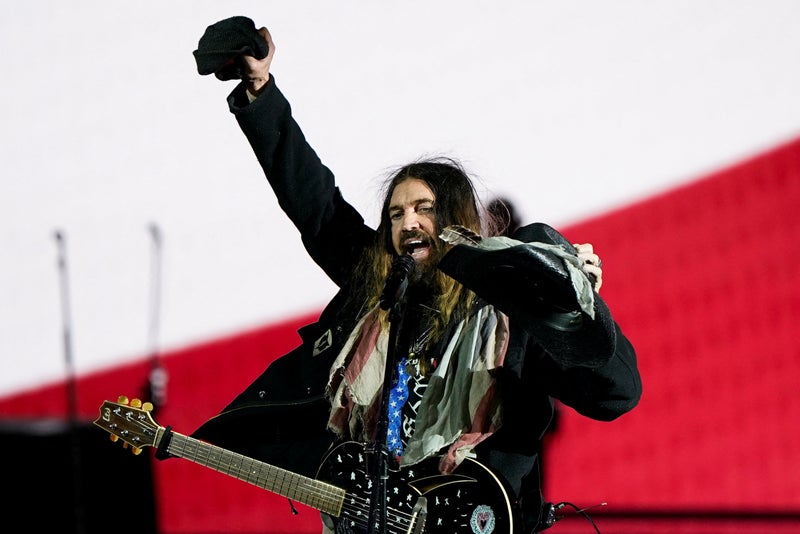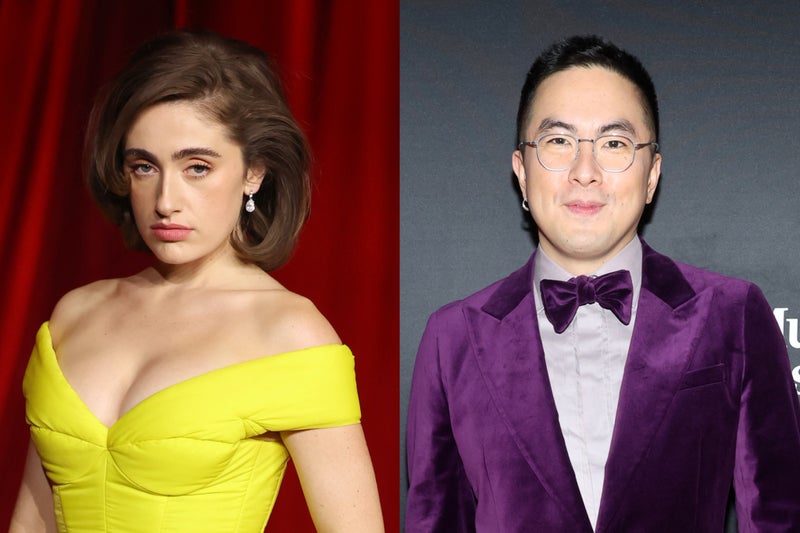How to spot if a video is AI generated - Top tips for identifying a deepfake
Share:
Remember when we used to be able to relatively trust the internet? When a viral video meant something genuine, rather than a fame-chasing hoax? Since OpenAI’s launch in 2022, we’ve been seeing more and more questionable content surfacing, but it’s becoming increasingly harder to tell if it’s real or not.
Take R. Kelly’s supposed ‘newest single’ for instance. The track, titled “Jesus Save My Soul” made waves online earlier this week. With the singer currently serving a 30-year prison sentence in North Carolina, the idea of him releasing new music is implausible. Yet, people were still curious as to whether it could be real. A clear case of AI, fueled by plain old curiosity.
Another case in point: that fake Justin Bieber single “Lost myself at a Diddy party”, which blew up quickly. The lyrics "lost myself at a Diddy party, didn’t know that’s how it’d go, I was in it for a new Ferrari, but it cost me way more than my soul”, sounds as though Bieber is talking about being roped in the ‘Diddy’ scandal. The internet, of course, ate it up, especially considering they’re no strangers. Again, it’s an obvious fake.
Here are four giveaways a video may be AI-generated:. OpenAI’s newest innovation, Sora, is text-to-video generation model designed so users can simply input some text, and it will generate an entire artificial video. Couldn’t be any easier if it tried. This programme, one of the more popular choices for video makers, places a watermark in the bottom right corner (the watermark looks like a waveform that transforms into OpenAI’s logo.).





















